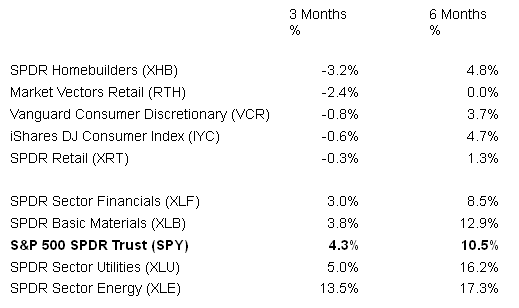Most folks experience anxiety about carrying any kind of debt load. Many of us do not even distinguish between the different types of debt that we owe.
Of course, some debts may be “better” than others. A subsidized Stafford loan from the Federal government allows a student to defer his/her principal and interest during college, pay back a low fixed rate of roughly 3.86% after school, as well as achieve a degree that increases one’s salary potential. Similarly, a first mortgage on a personal home serves up remarkable tax benefits, low fixed rates and the probability that the underlying property’s value will appreciate over time.
Other obligations fall into the “bad debt” category. High interest rate credit cards, payday loans and obligations on depreciating assets typically constitute undesirable debts.
In the same way that many folks view all debts as burdensome, most regard any kind of inflation as a bad thing. We can’t buy as much stuff with our money. Our dollars acquire fewer goods and services. So why on earth would the central bank of the United States (a.k.a. “the Fed”) ever want the citizenry to pay more and receive less in the inflation targeting of 2%?
You can find an explanation at one of the Fed’s web site pages, though the paragraph may leave you feeling a bit dissatisfied. It goes a little something like this: A modest erosion of the people’s purchasing power is consistent with overall price stability. In contrast, negligible inflation might lead to deflation, where people neither borrow nor spend; the economy struggles; companies perform poorly and, ultimately, lay off workers. It follows that collective minds at the Fed concur that a modest amount of inflation is better than none at all.
The problem in targeting an average annual inflation of 2%, however, is making an assumption that all inflation is created equal. All debt is not created equal, and neither is all inflation. It would be almost as silly to praise job growth in headline unemployment (6.3%), yet disregard the percentage of working-aged individuals in the labor force (i.e., 30-year low) and/or ignore the quality of the positions being added (e.g., part-time, low paying, etc.).
From my vantage point, Fed members often undervalue the importance of food and energy costs by excluding them in “Core CPI.” For that matter, measures tend to ignore college education and other aspects of the daily lives of Americans. Nevertheless, there is one element of rising costs that signals genuine economic improvement: wage inflation. Rising wages signal that consumers have the ability to increase their spending without the need to take on more debt.
Unfortunately, inflation-adjusted hourly wages fell 0.2% in May because the cost of consumer goods outpaced paychecks. And it was not an isolated data point. Inflation-adjusted wages have actually fallen 0.1% over the last 12 months. Without the “good inflation” associated with significant increases in take-home pay, one should anticipate lower profits and fewer sales at consumer-oriented corporations. Indeed, American consumers may be forced to tap out.
I have been talking about the weakening consumer all year long:
(A) January’s Are Consumer ETFs Going the Way of the VCR
(B) March’s Investors React With Caution To A Weakening Consumer
(C) May’s Buy Value ETFs Here, Buy Growth ETFs Over There
What’s more, you can see the adverse effects on consumer-oriented assets in the table below:
Is The Consumer Crying Uncle?

Notice the stagnation for the 3-month rolling returns of consumer-oriented ETFs. In fact, consumer discretionary spending stocks are the only collective class that have struggled to post positive returns over the last 90 days; similarly, they got whacked the hardest in the January sell-off earlier in the year.
In sum, the Fed has electronically created trillions of greenbacks to stimulate economic growth. The growth has not only been the weakest post-recession recovery since World War II, it has also done precious little to improve the well-being of middle class Americans. The Fed has actually been modestly successful in pushing inflation toward a 2% annual target. On the other hand, they have been ineffectual in inflating wages up-and-above the rising cost of living. And that means consumers have been stuck in a rut for the entire 5+ years of quantitative easing (QE). Real wages (wage growth minus inflation) have not changed a bit, leaving consumers with the singular option of borrowing to spend. Hopefully, the majority are selecting “good debt” over “bad debt.”
Disclosure: Gary Gordon, MS, CFP is the president of Pacific Park Financial, Inc., a Registered Investment Adviser with the SEC. Gary Gordon, Pacific Park Financial, Inc, and/or its clients may hold positions in the ETFs, mutual funds, and/or any investment asset mentioned above. The commentary does not constitute individualized investment advice. The opinions offered herein are not personalized recommendations to buy, sell or hold securities. At times, issuers of exchange-traded products compensate Pacific Park Financial, Inc. or its subsidiaries for advertising at the ETF Expert web site. ETF Expert content is created independently of any advertising relationships.
